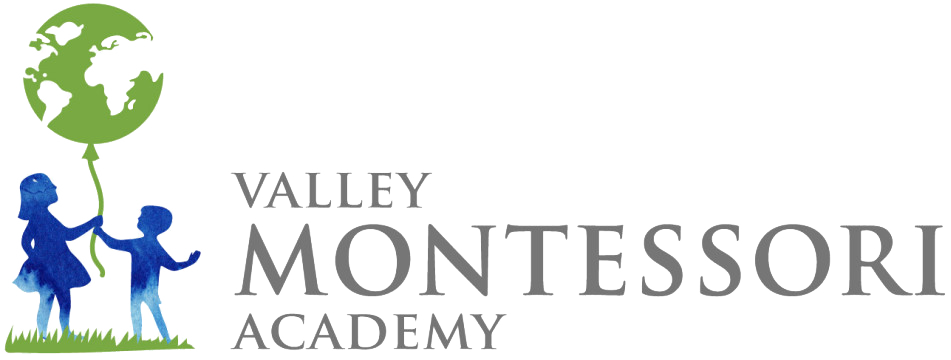Montessori Education
- Individual students work at their own pace at their challenge level and according to their own interests
- Learning goals include love of learning, independence as a learner, self-motivation.
- Mastery of core academic skills is integrated into the study of all subject materials.
- Multi-age classrooms allow children to advance as they are ready. Older students motivate younger students and consolidate their own learning by helping them.
- A student’s natural curiosity is nurtured and sustained as a key to exploring the rich scientific and multi-cultural lessons and the beautiful materials that convey them.
- Teachers act as guides, coaches and mentors.
- Learners practice their work in the classroom where teachers can assist and give ready feedback.
- The classroom is a well-equipped learning environment with materials and resources that invite and promote independent learning. Children can move around the classroom to different work areas.
- Students are encouraged to develop higher levels of thinking – compare, contrast, evaluate, judge, ask probing questions, identify and solve problems, synthesize what has been learned and apply it to new situations.
- Students of all ages develop and master skills needed for the 21st Century – creativity, cooperation, independence, global competency, and strong communication.
Traditional Education
- All students in a class work at the same pace through the same material.
- Learning goals are strongly focused on achieving good test scores and grades.
- Academic skills are often taught in isolation so that students are acquiring a skill for its own sake.
- Single age grouping offers little flexibility for children who are advanced or need more help.
- Materials studied are prescribed by the school or school district. Learning is dominated by textbooks
- Teachers primarily deliver instruction to students.
- Learners practice at home on their own and are graded on their efforts.
- Classrooms are often characterized by rows of desks facing the front of the classroom where the teacher leads the learning process. Students must stay seated during class.
- Subject areas are taught in isolation from one another.
- Students are most often asked to memorize and master facts and information that will be tested.
- Time management is not generally taught.
- Social skills are not often part of the classic traditional curriculum. When it is taught, it is more likely as an add-on rather than and integrated fundamental part of the child’s development.
- Opportunity to acquire 21st Century skills is hit or miss depending on the program
